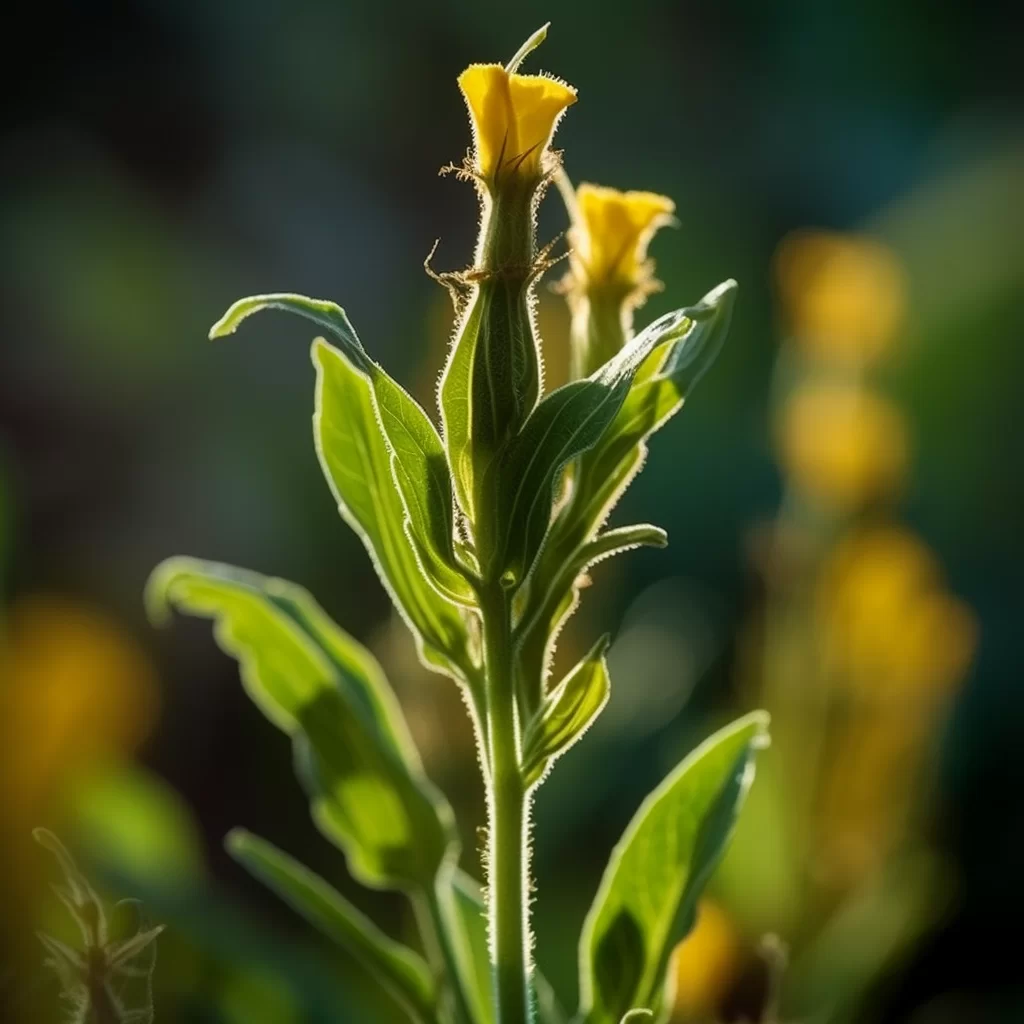Story of Day :
Contents
The Wingstem Plant: A Complete Guide and Care Tips
Are you looking for a unique addition to your garden? Look no further than the wingstem plant.
This hardy perennial is known for its tall, slender stems and yellow flowers that bloom in late summer.
But what exactly is a wingstem plant, and how can you care for it properly?
What is a Wingstem Plant?
The scientific name of the wingstem plant is Verbesina alternifolia, but it’s also commonly known as yellow ironweed or crownbeard.
This native North American wildflower naturally occurs in moist meadows, prairies, and along streambanks.
The wingstem plant grows up to six feet tall with long leaves arranged alternately on the stem.
The leaves have serrated edges and are slightly hairy to the touch.
The yellow flowers have daisy-like petals that bloom in August through September.

How to Grow Wingstem Plants
- Choose the Right Location: Wingstems prefer full sun exposure but can tolerate partial shade.
Ensure that they have ample space as these plants tend to grow quite tall.
- Prepare Your Soil: These plants thrive in well-draining soil that’s rich in organic matter.
Consider adding compost or aged manure before planting them for optimal growth.
- Sow Seeds or Transplant Seedlings: You can start growing your own wingstems from seed indoors before transplanting them outside after all danger of frost has passed or purchase already grown seedlings from nurseries near you!
- Mulch Around Your Plants: Adding two inches of mulch around your plants will help retain moisture while also suppressing weeds.
- Water Regularly: Wingstems prefer moist soil, so be sure to water them regularly.
However, make sure you don’t overwater them as this can cause root rot.
- Fertilize Sparingly: These plants don’t require a lot of fertilization but can benefit from an application of balanced fertilizer in the spring.
Care Tips for Wingstem Plants
Maintaining and caring for your wingstem plants is relatively easy due to their hardy nature.
Here are some tips to help keep your yellow ironweed healthy and thriving:
- Deadhead Flowers: Once the flowers begin to die off, remove them promptly.
This will encourage new blooms and prevent seeds from forming.
- Cut Back in Autumn: In the fall after frost has hit your plant it’s best to cut back any dead growth unless using it for winter interest or wildlife creating homes!
- Beware of Pests and Diseases: Although not common, watch out for aphids or leaf spot disease on your wingstem plants.
If caught early these problems won’t have majorly negative impacts on your plant!

In Conclusion
The wingstem plant is an excellent addition to any garden that provides beautiful foliage year-round with cheery yellow flowers blooming late summer into early fall! Understanding how to care for these native North American wildflowers is critical when growing them in either a naturalized garden setting or formal borders! Use our guide above as a starting point before planting this stunning perennial in your own backyard!